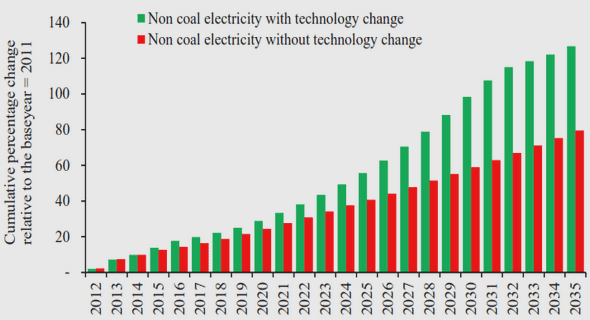(Downloads - 0)
For more info about our services contact : help@bestpfe.com
Table of contents
1 The Standard Model of particle physics
1.1 The minimal gauge Lagrangian
1.2 The Higgs mechanism
1.3 Precision tests
1.3.1 Lepton magnetic moments
1.3.2 Flavour physics
1.3.3 W boson mass
1.4 Higgs mass limits
1.4.1 Experimental limit on the Higgs boson mass
1.4.2 Electroweak precision observables fit of the Higgs mass
1.5 What is missing?
2 The Minimal Supersymmetric Standard Model
2.1 The supersymmetric solution
2.2 Particles and interactions
2.3 The Higgs sector
2.4 R-parity
2.5 Soft SUSY breaking
2.6 Spontaneous SUSY breaking
3 The ATLAS experiment at the LHC
3.1 The Large Hadron Collider
3.2 Detector overview
3.3 Inner tracking system
3.4 Calorimetry
3.4.1 Electromagnetic calorimetry
3.4.2 Hadronic calorimetry
3.4.3 Forward calorimetry
3.5 Muon spectrometer
3.6 Trigger and Data Acquisition systems
3.7 Computational aspects
4 Expected ATLAS performance
4.1 Particle reconstruction
4.1.1 Photons and electrons
4.1.2 Muons
4.1.3 Jets
4.1.4 Hadronic τ decays
4.1.5 Tagging b-flavoured jets
4.1.6 Missing transverse energy
4.2 Trigger performance
4.3 SM Higgs boson discovery potential
4.4 MSSM Higgs discovery potential
4.5 SUSY discovery potential
5 Missing transverse energy studies and monitoring
5.1 Introduction
5.2 Measurement of Emiss
T direction
5.3 Fake Emiss
T correlation with jet direction
5.4 Monitoring of Emiss
T quality
5.5 Sensitivity tests of the Emiss
T monitoring system
6 Higgs searches in cascade decays of SUSY particles
6.1 Motivations and phenomenology
6.2 Event generation and detector simulation
6.3 Scan of Minimal SUGRA parameter space
6.4 Searches for h → b¯b signature
6.5 More complex signatures involving b pairs
6.6 Di-leptonic signatures
6.7 Searches for h → γγ signature
6.8 Full simulation studies
6.8.1 Detector simulation comparison
6.8.2 Reconstruction of h → b¯b signal
6.8.3 Trigger issues
7 Extrapolation of SUSY parameters
7.1 Global fits of LHC measurements
7.2 The SFitter tool
7.3 Statistical approach
7.3.1 Likelihood function
7.3.2 Confidence intervals
7.3.3 Probing new physics
7.4 Markov-chain Monte Carlo methods
7.5 Results for benchmark Point 1
7.6 Results for benchmark Point 2
8 Conclusions
A Calculation of cascade kinematics
Acknowledgments
Résumé
Bibliography


